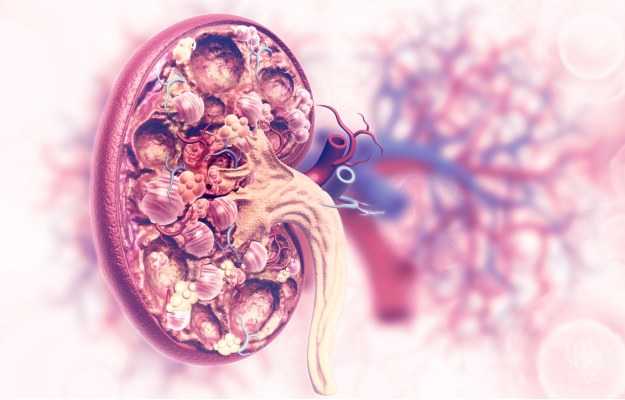Kidneys are the filtration units of the body as they help to remove toxins while preserving nutrients. The last barrier of this competent filtration unit are cells called podocytes.
Kidney diseases which injure this key cell (podocyte) are called podocytopathies.
Podocytopathies are the most common cause of proteinuria (protein in urine). Continue reading to find out more about the causes, symptoms and available treatments for podocytopathies.

























